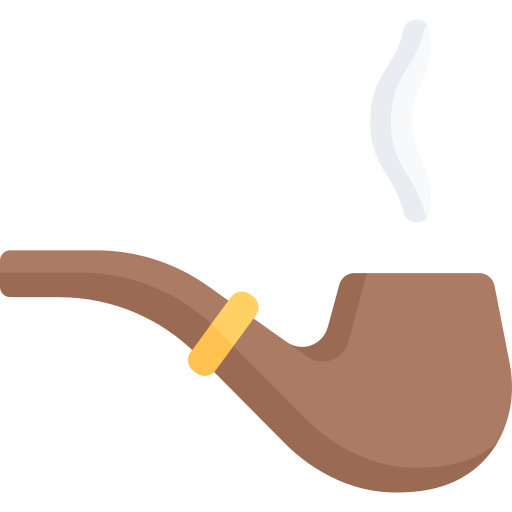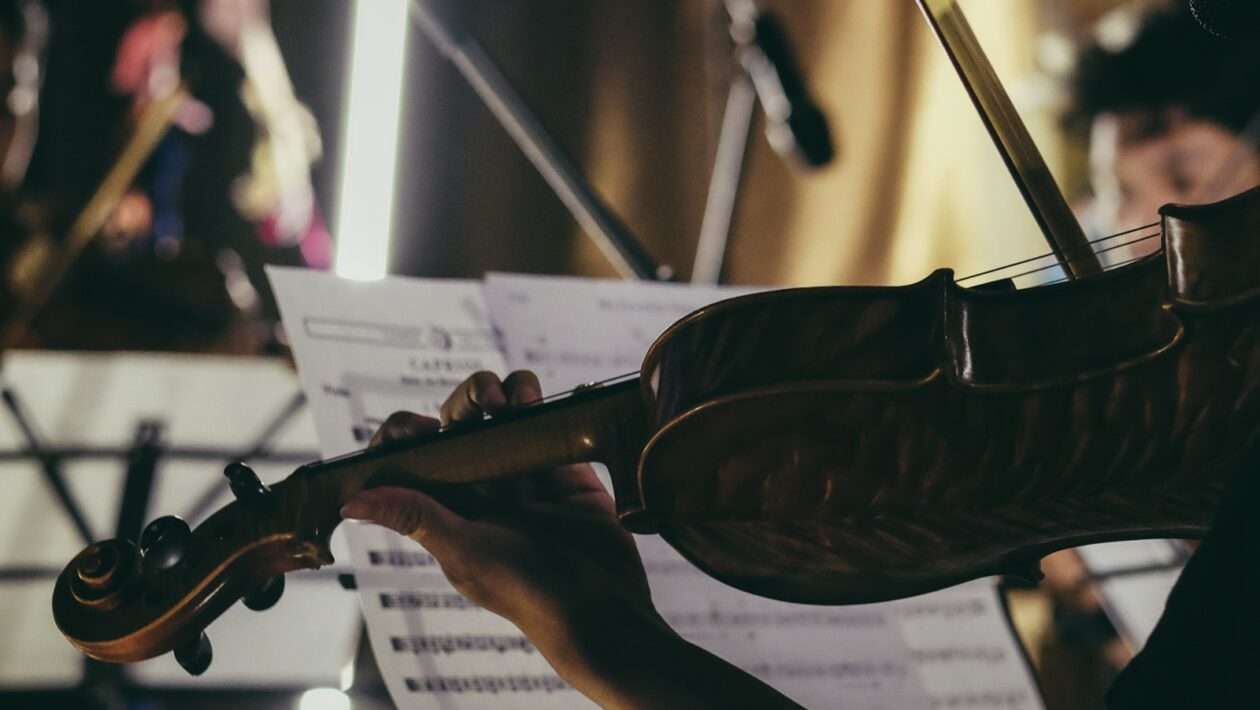(CM144: 28 cues) . D)127-131 cites passages relating to Falstaff’s assignation with Mistress Ford on behalf of ‘Mr Brook’ calling for the fine lute song ‘As at noon Dulcina rested’ see 183 below.
| act | scene | line | Click here to find out more about suggested song | |
| I | i | 158 | [What say you, Scarlet and John?] allusion to ballad | (68) 175 |
| iii | 23-5 | […His filching was like an unskilful singer, he kept not time./ The good humour is to steal at a ‘minute’ rest.] | ||
| iv | 40 | (Singing) ‘And down, down, adown-a,’ (etc). | 176 | |
| a) (B275): ‘The baffled knight’ Child 112/ SB19; ۞A22/ ۞CwL 15 S. Baring-Gould Songs and Ballads of the West 1892 (Ms.) notes two further tunes | ||||
| b) (B275): G99-100; The Cobbler’s jig (Chappell set the tune to ‘Cold’s the wind’with refrain ‘Hey down a down, Hey derry derry down a down’) C277-8/ CW279/ K73; tune Eb223; kN7; lute ‘The Cobbler’ (FD) l/tk JE 1/ tLSoc17:1; U5; gNR22; as a catch à 3 Rp30/ G166 as ‘Come sit by the fireside’. Cobbler’s hornpipe RE 14 v; ۞EnG6 ii | ||||
| c) (۞Dart)/ AS: ballad of Donkin Dargason (Dargesson) 1606 with refrain ‘But lante tante…and *down, a down.’ lute (CHf8); tune C63-6/ CW230-1/ E71/ Eb90/ SC ii / SCt iv 6 (as ‘Sedany’) / Eb90/ E71/ MK100; DH13, 63; as ‘Punk’s delight’RE44 vi; steps DH62; ۞BroL17/ ۞DH no.17; steps and tune DI iv 24; tune SB104; rSH19; l/tk JE2/ gJR2. (LF6 traces an ancestor of the jig ‘The Irish Washerwoman’). | ||||
| d) uCM145 folk song ‘The keeper’ with refrain ‘Hey *down, ho down, derry’ Baring-Gould Songs and ballads of the West, ed C. Sharp, no. 113; Sharp English folk songs, vol. 2 no 29 | ||||
| e) (WH p.174) Labandalashot.‘Song of King Edgar’ refrain ‘Call him downe-a’ | (47a ii) | |||
| 41 | [Vat is you sing? I do not like dese *toys]. | |||
| II | i | 21-2 | [What an unweighted behaviour hath this Flemish drunkard picked] | |
| (N&64: satirical three-part song alluding to alleged drunken habits of the Flemings) CORNYSH ‘Hoyda, hoyda, jolly Ruttrkyn’ à 3 tenor voices MB xxxvi 63; | 177 | |||
| 58-60 | [his words…do no more adhere and keep place together than the Hundred and fifty psalms to the tune of ‘GREEN SLEEVES’.] | 178 | ||
| uK23: 1580 Greensleeves lute tune (in triple time) (DY41, p. 104) RE 18 iv/ Eb244/ C227-30/ CW239-242/ MoS 181/ N &188/ JE6/ DO177-9; à 4 CM357-360/ VH3; ۞Am 11, 14/ ۞BroP14/ ۞Ci 7/ ۞DeC 17/ ۞DeS14/ ۞Eh 11 ii/ ۞EsU13/ ۞Ge25/ ۞MgN6/ ۞N 1 ii/ ۞No 15/ ۞R9/ ۞Wt 11; school performance notes Sk40-41, ۞Sk14; rS+k DX28; lt/k PO9/ PN5;۞BreW12; gNR33; SG18; 2 lutes attrib. John JOHNSON, duple time version as ‘Grienslivis’(FD 18 f4v-5) DO179 melody and words, cf CDe 135-6); bc ۞BaW7/ ۞MgE 14/ ۞MsE i 23; 2l/t LR12, 17/ NTi 1; ۞A10/ ۞CwM23/ ۞L16; cittern CCp 6; gRZ i 3; kMP62; consort ۞YF4; rSATB + g CM357- 60; rSA SR25(a); rSS MA2; rAT SR25b; FV6:4; recorder & lute ۞St 11; tune G52-3; CUTTING Greeensleeves, lute JE7; ۞Am12/ ۞Ph21; COBBOLD from the quodlibet of popular tunes of the time ‘New Fashions’ S+tr-v A+a-v T+ t/b-v B+t/b-v MB xxii 71 bars 48-60; rSATB ed. Bergmann. sSchott 11781 (1956); ‘Greensleeves to a ground’ rS + k (12 variations) ed. A.& C. Dolmetsch sSchott 10366; rS + k (15 divisions) Schott 10596; ۞Am13/ ۞EmH24; as a song ‘Alas my love ۞BaS4/ ۞EsU14/ ۞Ec6/ ۞Gt13/ ۞HL8/ ۞No 15/ ۞Tv2 i; text with melodies of both triple and duple versions DO177-9; ۞DO ii 22 i-ii | ||||
| ii | 273; 275-6 | [Come to me soon] DO127-131 is the refrain of ‘As at noon Dulcina rested’ melody and text | (22d) 179 | |
| III | i | 16-20, 28 | (Singing) [41]. TO SHALLOW RIVERS, TO WHOSE FALLS… | 180 |
| 22-25 | (Singing) MELODIOUS BIRDS SING MADRIGALS, — WHEN AS I SAT IN PABYLON, –… (stanza of Marlowe poem ‘Come live with me’) cf. article by M. J. Chan and F. W. Sternfeld ‘Come live with me and be my love’ in Comparative Literature xxii (1970), 173-87 and ME 180-1 | |||
| a) N182/ CM146-9/ (B275): tune to Marlowe lyric ‘Come, live with me … by shallow rivers: N51/ CW123-4/ C213-5/K25; ۞Bro P 11/ ۞BroS26/ ۞CamS3/ ۞Lg3;earlier source for tune 1612 CORKINE ayre EL ii 13/ G154; ۞Ph30; tenor + viols/ ۞Eh17/ ۞Gt17; tune SB75 (and version in Johnson/Steevens Shakespeare 1778, vol. 1; rSS or `AA or SAT SR18 | ||||
| b) FV15/ N181/ K24/ (B275): 16c. anon ‘poor tune’ which opens with the Shakespeare first line, being a corrupt form of ‘Walsingham’ (q.v.) | (44) | |||
| c) LF6-7/ G41/ SB381 tune from Day’s Psalter 1583 ‘When did we sit in Babylon’ version by ALISON When as we sat in Babylon AAT(B) + cittern and lute EL (ii 21) LS19: 10. SB381 gives Sternhold and Hopkins Psalter 1549 version of Ps. 137 | ||||
| d) DO384-391 ‘There dwelt a man in Babylon’ | (350a) | |||
| ii | 60-3 | [What say you to young Master Fenton? He *capers, he dances…’tis in his buttons] | ||
| 79-82 | [I will…drink *canary with him./ I think I shall drink in *pipe-wine first with him: 1’ll make him dance.] cf SE ii 450 | |||
| iii | 39 | [‘Have I caught my heavenly jewel?’] quoting first line of Sidney sonnet 1591 in anon setting fBL i (f19) 33; EL LS17 (ii 19): 3; text and melody DO187-8; as lute song ۞DO i 31, cf SQ xi (1960) 89-92 | 181 | |
| 60-1 | [I see what thou wert if fortune, thy foe, were with nature, thy friend.] | 182 | ||
| probable allusion to tune *‘FORTUNE MY FOE’ (N188: metrical version of Psalm 129 in short score) BB6 (CHf56/ DL49/ DY52, p.111) 1583 C162/ CW76-9/k(MP f24)/ K22/ SB144/ K22; ۞BaS31/ ۞BroP15/ ۞CamP12 ۞Ci 8/ ۞Du9/ ۞Eh 10 i/ ۞KnK5/ ۞L6/ ۞MgN 12/ ۞St 21, ۞Wt3; pipe ۞St 19, 21; pandora and lute ۞Ms E i 14; Pavane en forme de complainte, lute BB6; voice + rSATB CM200-201; lute ۞St 21; gRZ i 7/CR 8; rB/A + k DE4; rSA + g DT4; rS+k DX8; rS/AS/T+k DP i 8; treble viol DN9; BUSNOIS Fortuna desperata à 3 (to which a composer of Henry VIII’s time added a fourth part) (GB-Lbl Add. MS. 31922 f4-5 ‘Fortune esperée’) MB xviii 2; rATB or S/TBB viols; lute song ‘Fortune is now my foe’ RA21b/ LSoc C11/ GS29; voice + g DLg3; gCR8; BYRD kF65/ MB vii 6; SSAT Fq9; rSATT/B; rS/AT SR23a; rSATB SR23b/ Fg5; rB/T+k DE4; DOWLAND D62; ۞OD iii 11; version as ‘A Complaint’ l/tk BB6/ D63/ JE4/ tRN22; ۞BaS9/ ۞CamS4/ ۞CmD ix 5/ ۞CmD ix 17/ ۞Ld ii 20/ ۞Ph4; cittern ۞St24; rA + g RD23; ۞Eh 10 ii/ ۞Ex6/ ۞L6/ ۞Lg4/ ۞Mf9/ ۞St24; gDj ii3/ Db 7/ SG37; rA + g RD23; bc MB xl 25 (lute part only by Dowland BA 11, p. 14); ۞CmD xi 17; BYRD Fortune my foe kF65/ MB xx 6; ۞Mo iv 5; arr 2 viols ۞Ta4; VALLET ‘Fortune angloise’ VS ii 14; l/tk PN8; ۞BroS29; SWEELINCK ‘Engelske Fortuyn’ kSWn2/ SWm64); SCHEIDT 1624 Cantilena anglica Fortunae’ consort cw DdT i: 126; Ferguson Early German keyboard music, i (1970) 9. ST+ viols ۞Gt23. DO 152-4 tune and text (4 verses); ۞DO ii 17; Allemande fortune helas pourquoy VS i 37; Si fortune, lute ۞Al 36 | ||||
| v | 124-7 | [M. Brook come to me at your convenient leisure…] DO127-131 ‘As at noon Dulcina rested’ melody and text cf II ii 273, 275-6 | (22d) 183 | |
| IV | iv | 53-4 | [Let them from forth a sawpit rush at once, With some diffused song.] | |
| ۞Dart 1612 PRAETORIUS Terpsichore Courante [in F] P154 on 2 recorders; à 4 Pm iv 9; ۞PaD26/ ۞YC28; rS+g Pr4; based on the jig ‘Grimstock’ which appeared in Playford’s country dance collection E14/ Eb32/ RE38 iv; for consort: ۞BaW15/ ۞BreF12/ ۞BroA10/ ۞MsE i 24/ ۞KnK16/ ۞R4/ ۞YF9; SCiv / SCt iii 14; rSATTB TD33 (also in the cittern ms as CC9) lute LSoc C29: 3; ۞Md5 | 184 | |||
| V | v | 19 | [Let it thunder to the tune of ‘GREEN SLEEVES’] allusion to tune | (178) 185 |
| 28 | {A noise within} LF12 horn call: Turberville 1575 ‘The Death of a Bucke’ p.251 | 186 | ||
| 36-40 | [They sing a song] though Dart suggests ‘Fairies, black, grey…’ be spoken acc acc by 2 recorders playing PRAETORIUS Courante as in scene iv | (184) 187 | ||
| 64-65 | [And nightly…look you sing…in a ring.] | |||
| 74 | […our dance of custom, round about the oak] | |||
| 76-78 | [Pray you lock hand in hand, yourselves in order say, And twenty glow worms shall our lanterns be To guide our measure round about the tree] | |||
| 90-91 | [About him, fairies sing a scornful rhyme; And as you trip, shall pinch him to your time.] | |||
| 92-101 | They dance around Sir John,…singing: | |||
| [42]. SONG. Fie on sinful fantasy! cf ME182 | 188 | |||
| a) uLF 11-12: 1599 HOLBORNE à 5 [J90] coranto ‘Fairie round’ H63/ H1049; Hg15/ Hn ii 4; rHb ii 5; ۞DoP20/ ۞FA ii 3/ ۞FH4/ ۞He 12/ ۞HsT21/ ۞Ke8/ ۞Ma 11/ ۞MgO23/ ۞Pb25/ ۞RoM15/ ۞Th19/ ۞YC26:3; rSATB + bass courtout ۞Em H30; bqHd5/ Hs5; lute solo HB36 (galliard 3) ۞BreW7/ ۞W20; steps DI iii 4, 23 | ||||
| b) (B276): (FD/ CH) ۞CmD v 10; ‘Frog galliard’ coranto G60/ C129/ CW274-5/ CM 378-81; à 4 PE48-9; ۞MgM27; steps DI 10, 11 ii; kDF123-8 with steps/ DOWLAND l/tk D23, 23a; ۞BreD6/ ۞Ci 2/ ۞CmD ix 8; x 20/ ۞DoH23/ ۞Ld iv 7/ ۞OD i 5/ ۞OD iv 17/ ۞Th9; gDb11; bcM10; ۞Eg3; ۞BreF3/ ۞CmD xi 15/ ۞Mf27; k۞CmD v 10/ rS/sno + AA/TB DC2; after vocal setting à 4 MB vi:10/ CM378-381; rSATB DAb 14] as lute song ‘Now, oh now I needs must part’ EL LS1 (i 1-2):22/ Df6/ PM ii 3/ MK262; ۞BoEs2b/ ۞CamE10/ ۞CmD i 6/ ۞CwM27 | ||||
| c) uCM150-5: ‘Trip and go’ morris dance | (148) | |||
| d) (B237, 276): performed as a dance song to steps and figures of a country dance 1450 ‘Sellenger’s Rownde’ pipe & tabor from lute version, variant of ‘The beginning of the world’ lute tune (DY37, p.103/ FD f87v) l/t (BO 12r 35); l/tk PO7; tune alone RE27 iv/ Eb 129/ ۞Gt1/ ۞L8/ ۞MgE 18/ ۞MgN23/ ۞Mh20/ ۞OL7/ ۞R20; violin & hurdy-gurdy ۞St 17; band ۞BroS6/ (Th f442r no.389 as ‘Brande d’Angleterre’) [John JOHNSON] 2 lutes LR18; ۞L8/ ۞YF20 iii; rS HO3; rSSA + pe Ek 1; rSS/AA/T BE3; rSATB SR5; rSS/AT/A Em 11; rSS + k MA 13; S + k DX23; tune C69/ CW256/ SC iv 4/ SCt vii 4/ SCg iii 5/ Eb129/ RE27 iv; ۞EsU12; BYRD harmonization kBY37/ F64/ MB xxviii 84/ kMP (f78) 57/ C71/ CW256-8/ ESI 43-4; DH13, 55/ MA17-8; tune and steps DI iv 21/BYe4 steps DH54; ۞BroL 13/ ۞DH no 13; `۞Ke 15/ ۞Mo i 10; gRZ ii 5; rS + k MG9; rSATB BYk 5/ ed. Mountney and Bergmann spSchott 11522; tune SB416/ Eb 129/ E132 | ||||
| e) DO143-4 set to ‘Packington’s Pound’ tune and words; ۞DO i 20 as song with cittern After the song, a noise of hunting within | (303b) |

